Guide to crop rotation – to enjoy the best vegetable harvests
Understand how crop rotation can benefit your vegetable crops as well as the health of your garden soil
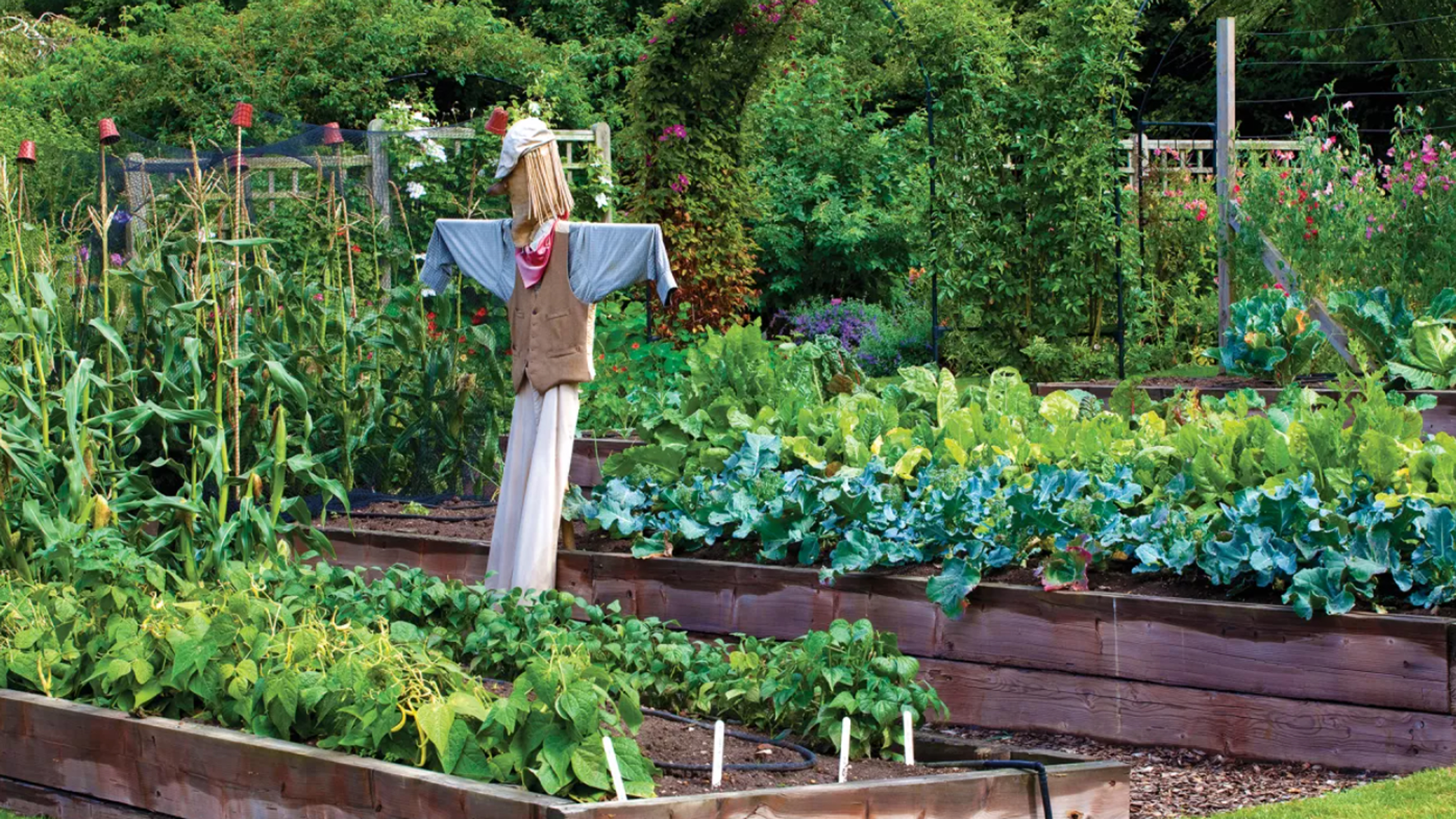
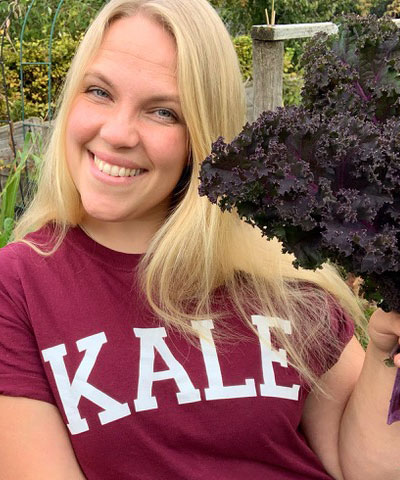
Crop rotation is a useful tool to build and maintain soil health and fight pests and diseases organically.
The simple aim of crop rotation is to increase the yields of vegetables you grow as part of your vegetable garden ideas. The principle involves rotating crops in different beds over successive years.
This is just one of the many practices you can employ as part of your permaculture gardening, but it is not needed in all cases of crop growing.
Crop rotation – for beginners
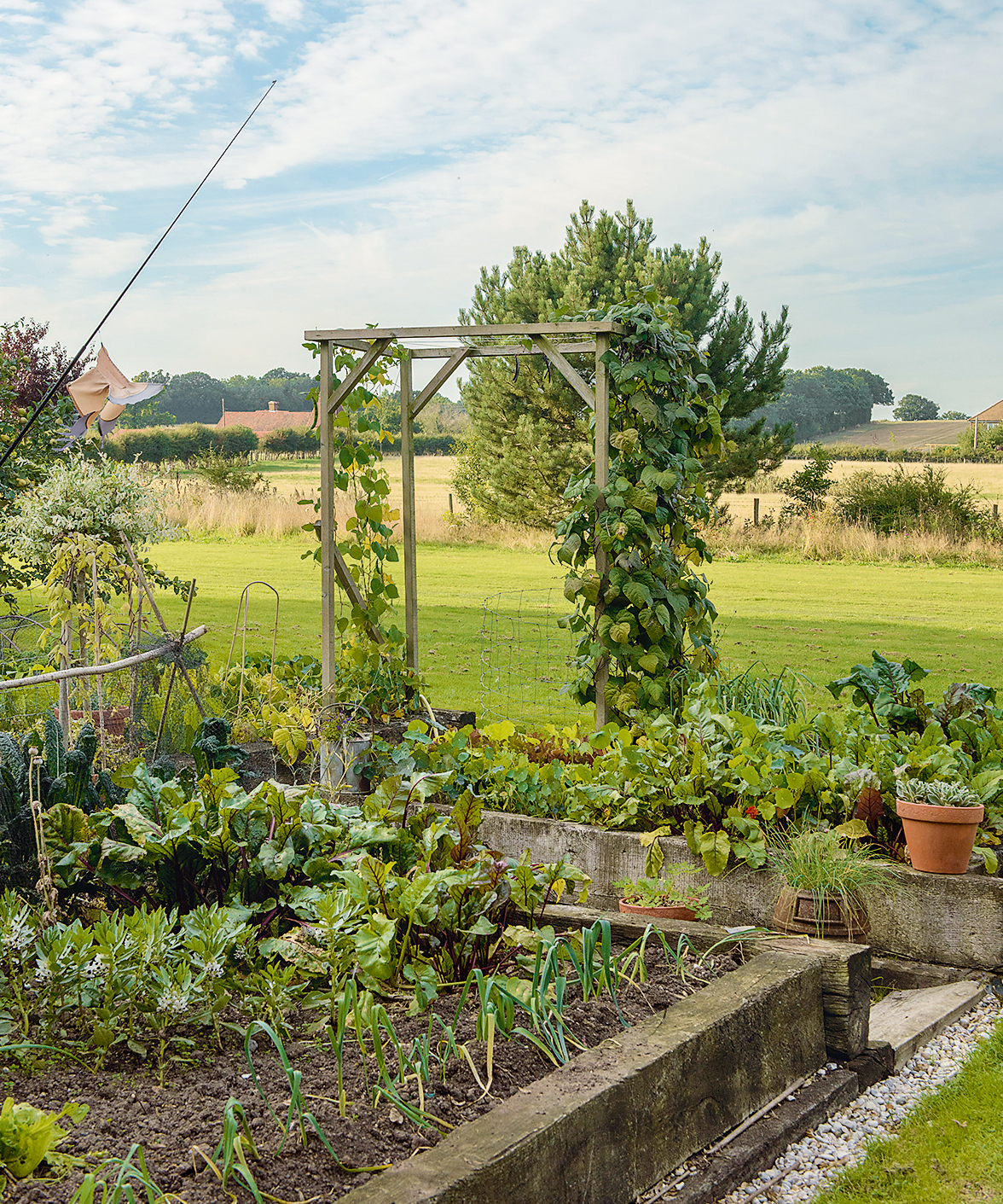
Crop rotation is an important part of integrated pest and soil management, and is one of the ways to help to improve soil health. It is useful when growing annual vegetables and can be employed in a large or small vegetable garden.
‘Many of us get in a spin over crop rotations,’ says Anton Rosenfeld of Garden Organic. ‘There are so many different diagrams in gardening books it’s difficult to be sure which is the right one, or even why we should bother to do it,’ he continues. ‘Let’s get one thing straight: there is no single “correct” rotation’.
The most commonly used pattern is a 4 crop rotation, which would take place over 4 years. Green manures, such as grazing rye, vetch and clover are used during winter where there are no crops in the ground and these can be used as part of the rotation, or as an addition to the rotations.
Crops to include in crop rotation
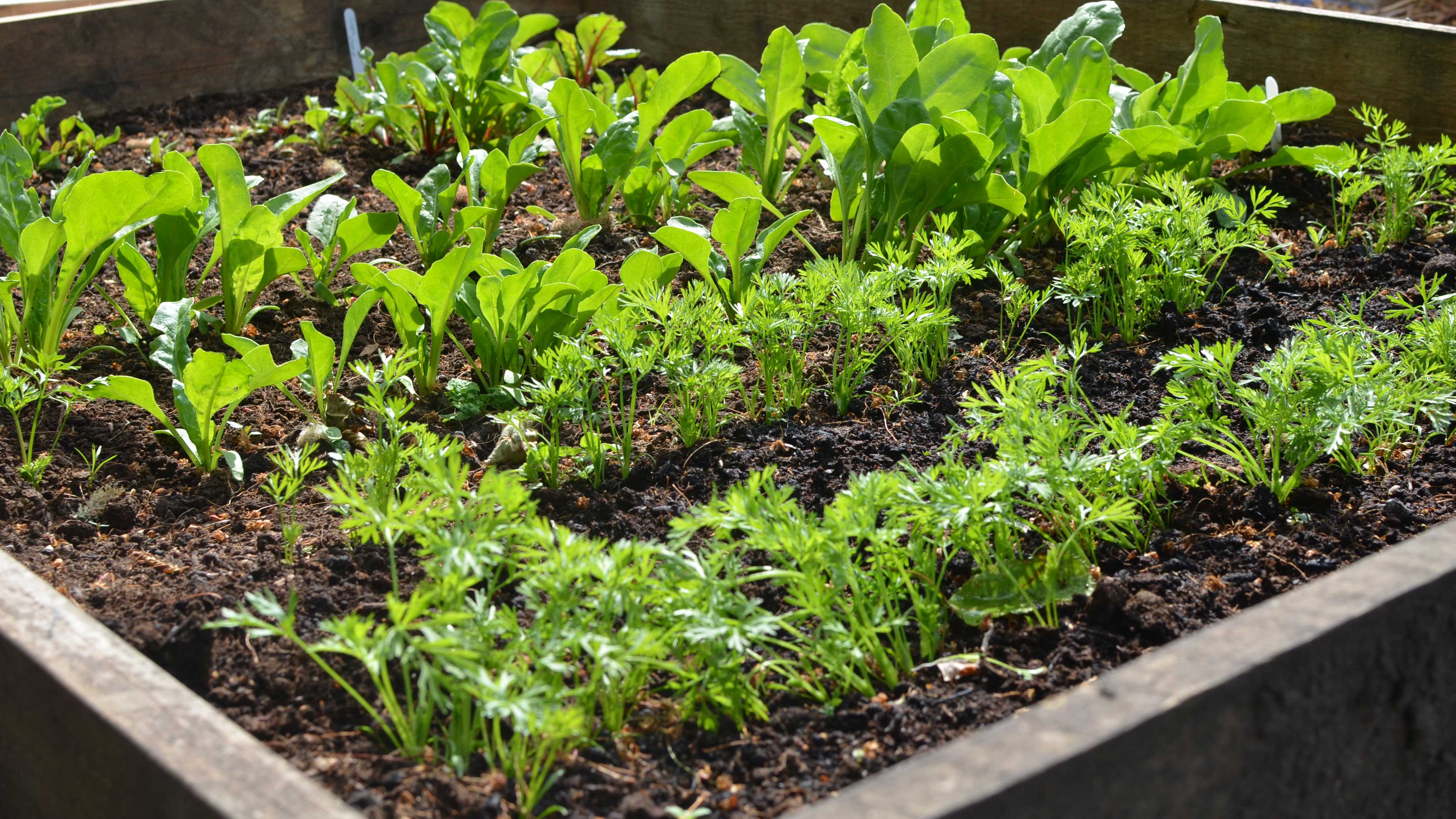
Not all crops need to be included in crop rotations. Crops are divided into 5 main categories:
- Alliums: onions, shallots, garlic, leeks, spring onions
- Legumes: including peas, beans, clover and vetch
- Brassicas: including cabbage, kale, radish, rutabaga, brussels sprouts
- Umbelifers: such as carrot, parsnip, celery, celeriac
- Nightshades: including potato, tomato, eggplant
When you are planning a kitchen garden, it is useful to know which variety of vegetable your chosen crops fall into as then you can decide on the best crop rotation – or if it is needed at all.
The Legume family – fabaceae – are known as ‘nitrogen fixing’ plants. They have a symbiotic relationship with a type of bacteria that can convert atmospheric nitrogen into a form that is readily available for plants. The bacteria do this for the plant in exchange for real estate in the form of nodules on the plants roots. The legumes help to replenish soil nitrogen levels, which are key to healthy plant growth.
There are some crops that are not included in crop rotation. For instance if you are growing zucchini and other cucurbits, or sweetcorn, these are not included in crop rotations. These crops can simply be grown wherever it is convenient, providing that they aren’t grown in the same place too often.
Crop rotation can be a very valuable tool in minimizing pests and diseases organically, and in replenishing soil nutrients, so is an excellent sustainable garden idea.
Crop rotation for pests and diseases
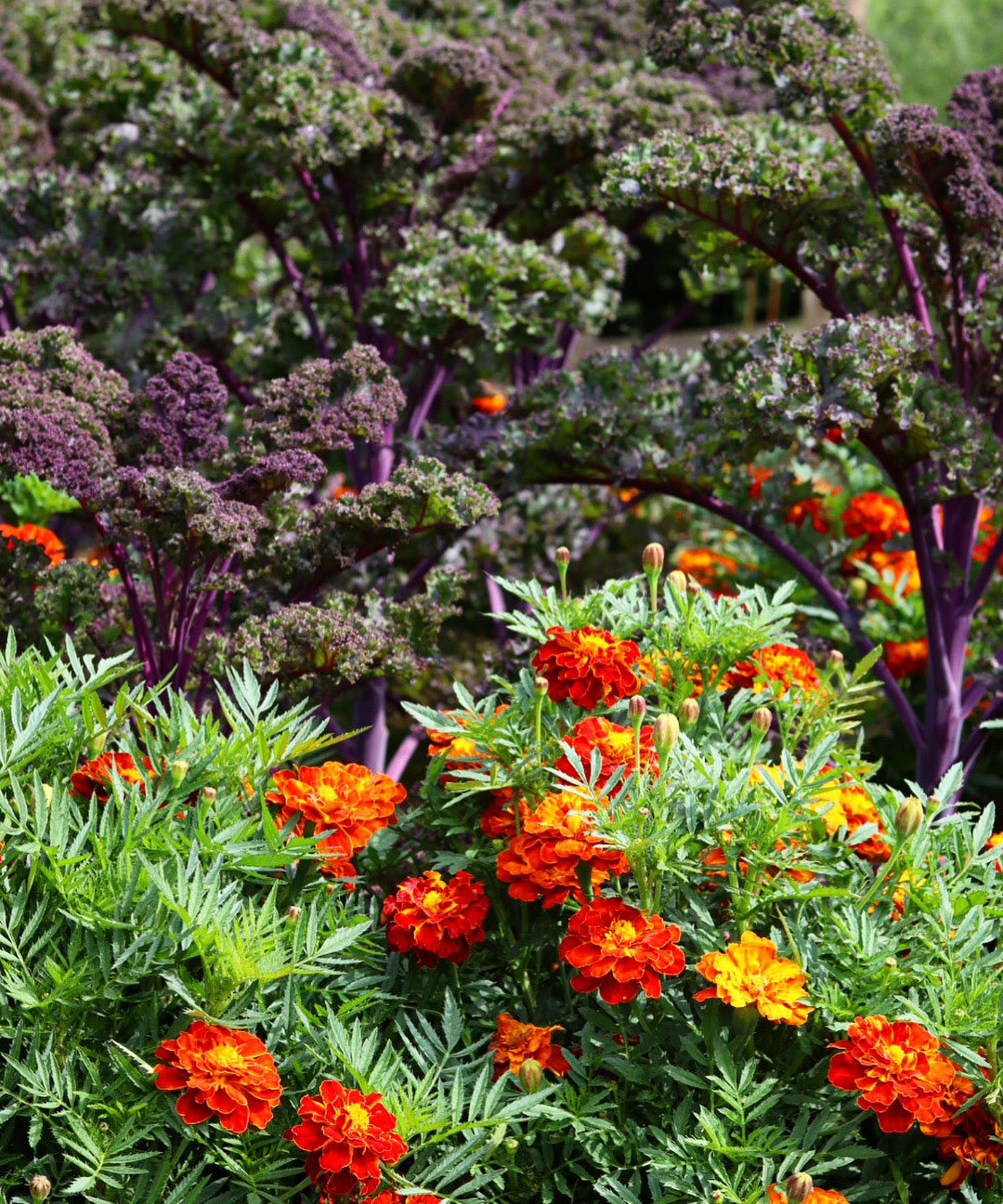
Pests and diseases often live in the soil. Pests like flea beetles, slugs, fungus gnats and leaf miners overwinter in the soil. If the plants that they favor are planted in the same soil they are overwintering in, they will have an easy time finding food the following year.
If we rotate our crops we give ourselves the best chance of pests that we had during the previous year not recurring the following year – so is a form of natural pest control for a wildlife friendly garden
Diseases such as white rot, which affects alliums, also lives in the soil. If the white rot is unable to find a host – your alliums – it will die off. It is therefore important to rotate crops when you have a problem such as this one, to allow it to die off and the soil to become a healthy environment once more.
In addition to using crop rotation to avoid pests and diseases in the soil, companion planting can help to deter pests from your veg crops, as well as attract beneficial insects.
Crop rotation for soil nutrients
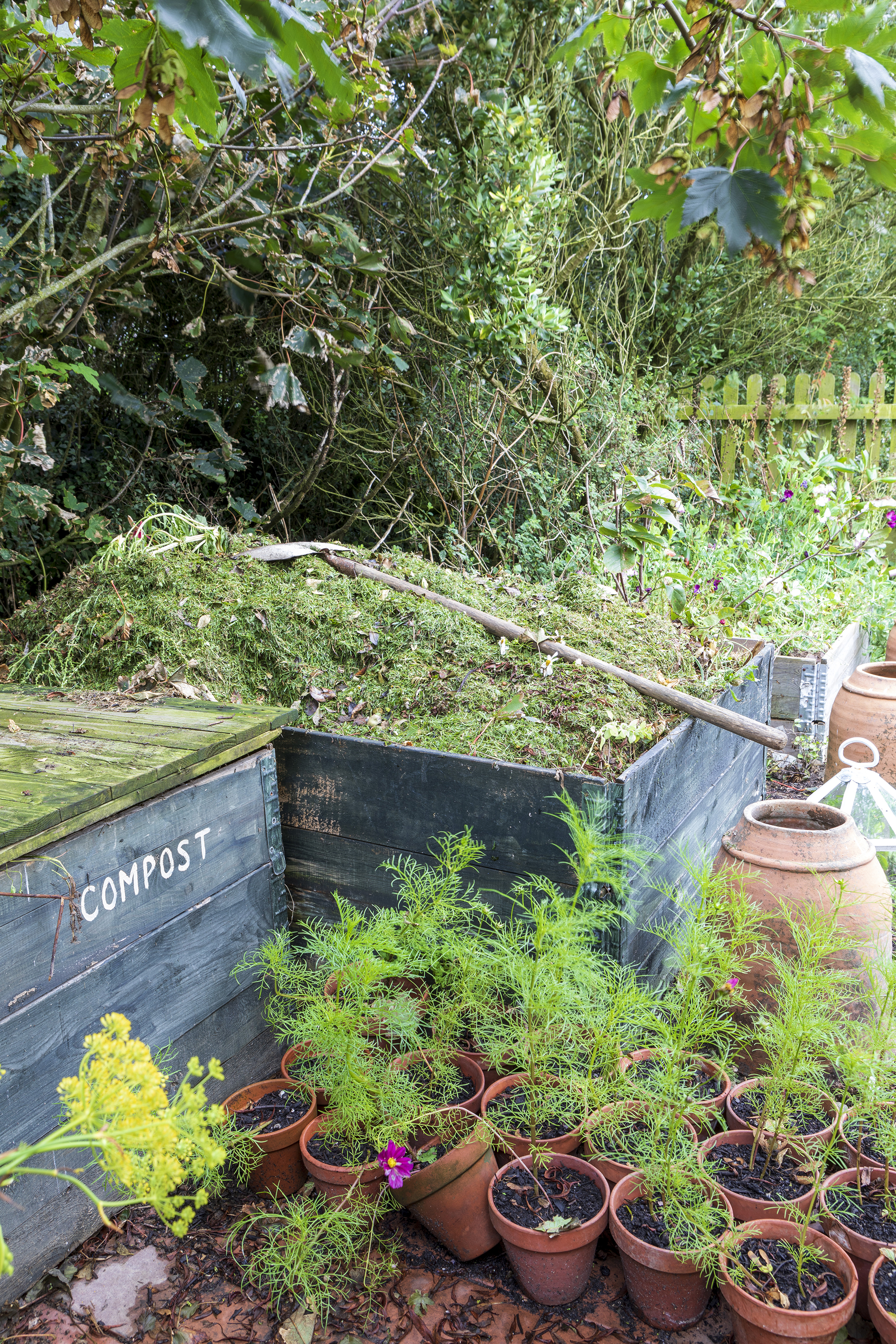
Crop rotation always incorporates legumes, that are known to help fix nitrogen in the soil. Most ecosystems are nitrogen limited, and vegetables need a lot of nitrogen to support their fast growth. Adding nitrogen to the soil in a liquid form is relatively unsustainable and can, over time, cause the soil to become saline and therefore hostile to a lot of plants.
Crop rotation is just one element of maintaining healthy soils. Soil is an important ecosystem in the garden and as such we should try to minimize our disturbance of the soil, such as by using no dig gardening practices, and ensure to add organic matter, including homemade compost to feed the life in the soil.

Do I have to rotate my crops?
In the garden it is not always necessary to rotate crops, and we certainly should not let this put us off growing food. If you are new to vegetable growing, and deciding when to plant vegetables you are growing on a small scale, you should concentrate more on building organic matter in your soil.
‘I don't use a system of crop rotation because my growing beds are polycultures and I mulch around crops on a constant basis of little and often,’ Says Liz Zorab, author of Grounded.
'I might make sure I don't grow brassicas in the same place in a bed immediately following the last crop, but they too are usually mixed with alliums, companion flowers and root crops. Growing a mix of vegetables in each bed reduces the risks of nutrient depletion of any one nutrient and equally the over-concentration of something else,' she adds.
How often should I rotate my crops?
It is a matter of personal preference as to how often you rotate your crops.
The most common pattern is that of a 4 crop rotation, which takes place over 4 years, or 4 seasons if you live in zones where snow cover over winter is not an issue.
There is also a pattern of 3 crop rotation, which takes place over 3 years.
A 4 year rotation pattern is generally followed if the space that you are using will allow for it as this gives you the best chance of fighting pests and diseases in your soil and allowing your soil time to replenish with nitrogen.
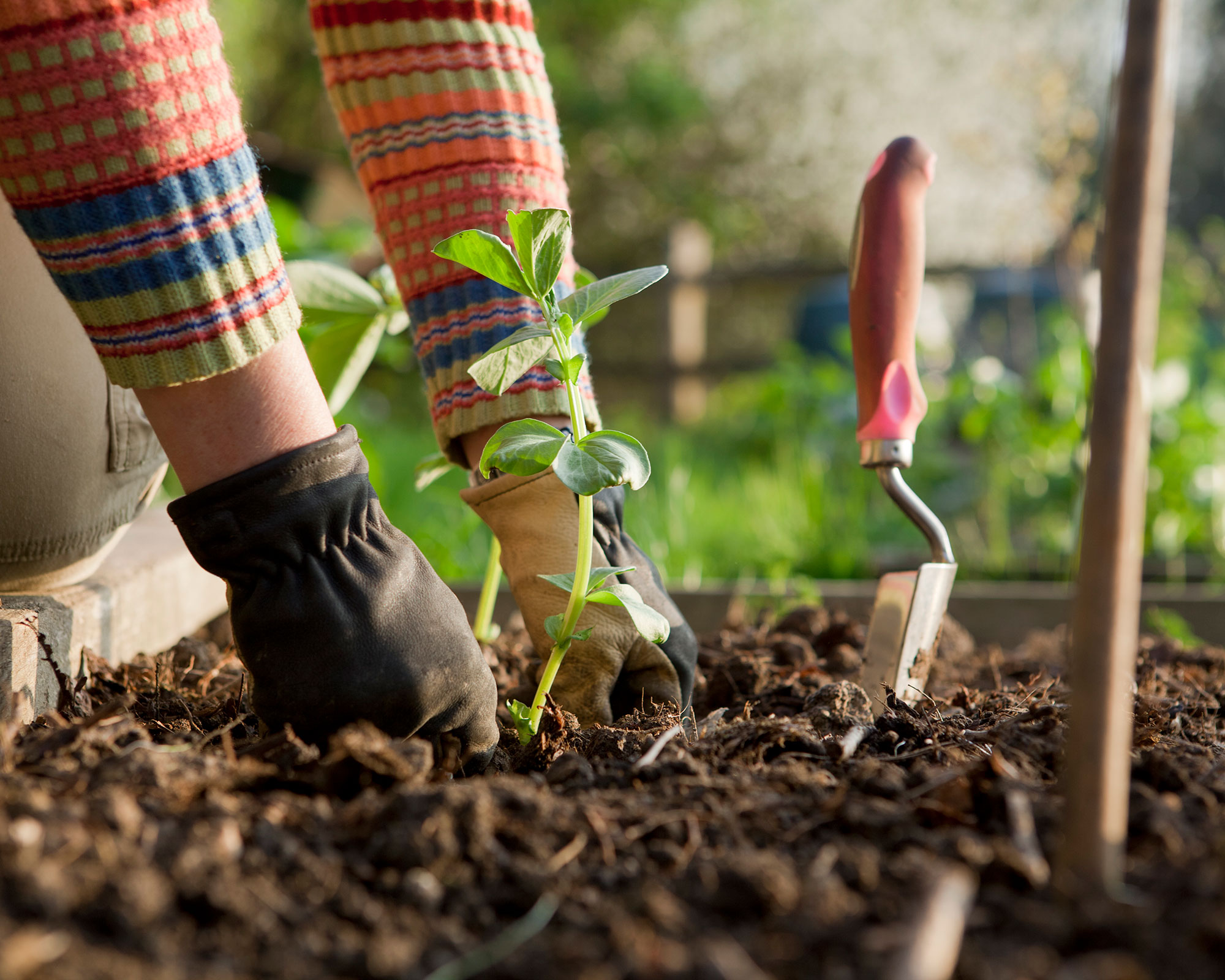
What is the 4 crop rotation?
A common pattern of crop rotation is the 4 crop rotation. This rotation takes into account common crop problems and ensures that a nitrogen fixing crop is used to replenish soil nutrients.
The 4 crop rotation works over 4 years or seasons, in 4 different sections. So that the same crops are being grown each year, in different locations. Alliums and Umbellifers are grown together in the same rotation. The pattern rotates between Legumes, Brassicas, Nightshades and Alliums and Umbellifers.
An example of the 4 crop rotation is as follows:
Year 1
Bed 1: Legumes
Bed 2: Brassicas
Bed 3: Nightshades
Bed 4: Alliums and Umbellifers
Year 2
Bed 1: Brassicas
Bed 2: Nightshades
Bed 3: Alliums and Umbellifers
Bed 4: Legumes
Year 3
Bed1: Nightshades
Bed 2: Alliums and Umbellifers
Bed 3: Legumes
Bed 4: Brassicas
Year 4
Bed 1: Alliums and Umbellifers
Bed 2: Legumes
Bed 3: Brassicas
Bed 4: Nightshades
To put it simply, Brassicas follow legumes, nightshades follow brassicas, alliums and umbellifers follow nightshades and legumes follow alliums and umbellifers. Then the cycles continues for as many years, over as many beds as you wish.
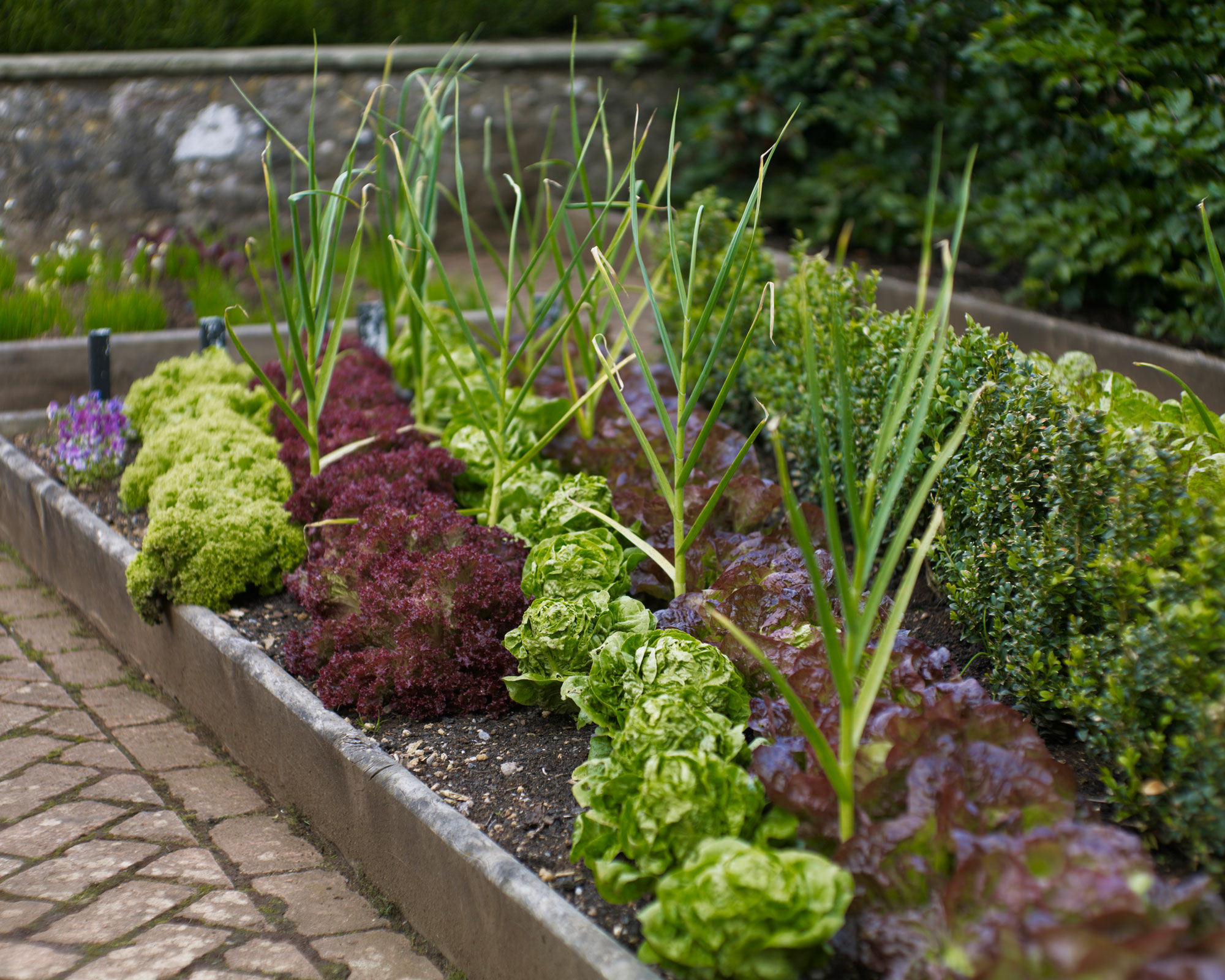
What is 3 year crop rotation?
Another common pattern of crop rotation is the 3 crop rotation. With this rotation, legumes are combined with alliums and umbellifers. The pattern remains the same, but occurs over 3 years or seasons. This pattern is more suited to smaller spaces. It is also slightly less complicated if you are new to crop rotation or vegetable gardening.
A typical 3 crop rotation would look like this:
Year 1
Bed 1: Legumes, Alliums and Umbellifers
Bed 2: Brassicas
Bed 3: Nightshades
Year 2
Bed 1: Brassicas
Bed 2: Nightshades
Bed 3: Legumes, Alliums and Umbellifers
Year 3
Bed 1: Nightshades
Bed 2: Legumes, Alliums, Umbellifers
Bed 3: Brassicas
Crop rotation can not only help you to achieve bigger and healthier crops of your favorite vegetables, but also helps the environment, as it preserves soil health and helps to control pests and diseases organically.
Many of the easiest vegetables to grow can be included in crop rotations, so what's not to like about it?
Sign up to the Homes & Gardens newsletter
Design expertise in your inbox – from inspiring decorating ideas and beautiful celebrity homes to practical gardening advice and shopping round-ups.

Becky is a freelance writer, blogger, and podcaster. Her blog, Sow Much More and her podcast The Seed Pod are aimed at making organic gardening more accessible and encourage others to grow their own food.
-
 Zooey Deschanel and Jonathan Scott's breakfast nook is an innovative, effective use of kitchen space – it turns a 'dead area' into a cafe-style corner
Zooey Deschanel and Jonathan Scott's breakfast nook is an innovative, effective use of kitchen space – it turns a 'dead area' into a cafe-style cornerJonathan and Zooey have situated an eccentric yet elegant dining area in what may have been an otherwise underused corner
By Hannah Ziegler Published
-
 6 things you should never throw in the trash – and what to do for safe disposal instead
6 things you should never throw in the trash – and what to do for safe disposal insteadFrom batteries to space heaters, experts reveal what not to throw
By Andy van Terheyden Published